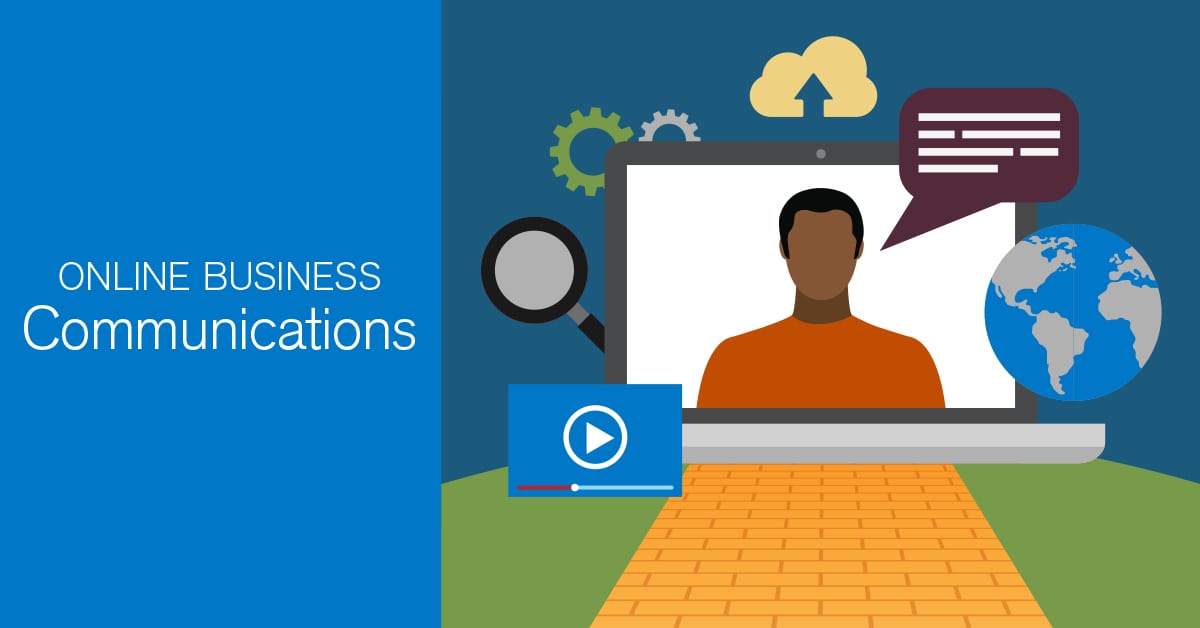How to boost internal communications during COVID-19
How quickly things change.
Social distancing and WFH (working from home) are now part of everyday conversations – something almost unimaginable before COVID-19 burrowed into our consciousness. With a growing number of team members WFH, many business owners and leaders are becoming quick studies in managing internal communication strategy for remote workers.
Communications needs are high. Expectations from government, customers and vendors are changing daily.
Whether your team is now fully remote or a blended team with some members working on-site while others work online, we have tips to help. Use these internal communications strategies to successfully communicate vital information, keep team members motivated and ensure productivity continues.
Why internal communication is essential
Even during the best of times, internal communication serves many purposes:
- It helps employees at every level feel connected to your business. In fact, it’s estimated productivity improves by 25% when employees feel connected.
- When employees feel connected, they are more likely to act as brand ambassadors.
- And most importantly, it encourages them to communicate and be more productive.
Likewise, poor communication leads to:
- Gossip and worry—employees can spend up to two hours a day in these non-productive activities.
- Confusion, which affects productivity, frustration and rumors.
- Loss of employees. Employees who don’t feel connected to your business are more likely to leave. Replacing them costs dearly—up to 150% of their salary.
How to develop an internal communication strategy during a crisis
Change is inevitable as the crisis and restrictions that surround it unfold. Consider, in advance, the events that will trigger changes in your organization. Be prepared to communicate how those events will affect your business. For example:
- If your supply chain is affected, what actions will that trigger?
- If a team member is diagnosed with COVID-19, what steps will you need to take?
- If cash flow falters or new business pours in, how will your organization respond?
, Consider how each event might trigger changes to:
- Business strategy
- Operations
- Marketing
- Human resources
When you plan for triggering events, you can also lay out the steps you will follow for each trigger. This type of scenario planning allows you to think through who needs to hear each message in advance. (Use this template – designed for internal and external communications – to get started.)
How to improve employee communication while social distancing
Just because employees are remote, doesn’t mean your overall communication strategy is different than before this crisis began. You just have a few more things to consider:
- Plan to engage employees. Make sure you foster two-way communication. Encourage employees to help plan, brainstorm and troubleshoot so they feel part of solutions to any problems at hand.
- Don’t overload them with information from a variety of channels. Determine when you are going to share information and through which channel. Try not to use multiple channels to deliver information. In this time of social distancing, it’s best to talk with employees “face-to-face” through video calls on internal communication tools like GoToMeeting®, if possible. That way, you’ll be able to see their reactions and address concerns you see through body language and facial expressions.
- Communicate often. How frequently you communicate depends upon your situation. But, remember that the more employees don’t hear from you, the more anxious they may get about what’s happening within your company.
- Prepare to listen and answer questions. This is always good advice. But, during this crisis, information changes rapidly. Answer all questions the best you can and honestly. Unanswered questions or vague responses will just cause more distress. Always be clear and transparent.
- Make sure employees understand their role or if their role is shifting. Employees’ day-to-day jobs may not change, but your expectations of them may, especially if you generally don’t have a remote workforce. Provide them with communication best practices. If you expect them to accomplish something other than their regular tasks, give them clear direction.
- Report out often. Set expectations about project deliverables and how often employees will check in on project statuses. In the beginning of remote work, daily check-ins may be needed until everyone feels comfortable with their new work environments.
- Help mitigate feelings of isolation. Encourage your team to get together weekly just to chat. Let team members lead the conversation about whatever topic they wish—work related or not. Giving them a chance to make these connections will help them relax and ultimately do their best work. At Blue Door Consulting, we’ve started hosting a virtual happy hour one day each week. Attendance is optional.
Paying attention to internal communications now will pay dividends later
Effective internal communications can be challenging, even when you are not in the middle of a crisis. Yet, this is exactly the time that effective internal communications are needed most. With a little planning and attention, you can help your team stay up-to-date, engaged and ready to help you succeed when the crisis abates.




